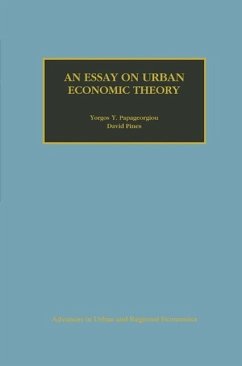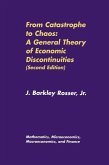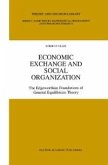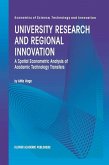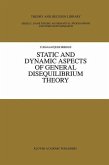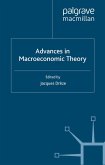Over the past thirty years, urban economic theory has been one of the most active areas of urban and regional economic research. Just as static general equilibrium theory is at the core of modern microeconomics, so is the topic of this book - the static allocation of resources within a city and between cities - at the core of urban economic theory. An Essay on Urban Economic Theory well reflects the state of the field. Part I provides an elegant, coherent, and rigorous presentation of several variants of the monocentric (city) model - as the centerpiece of urban economic theory - treating equilibrium, optimum, and comparative statistics. Part II explores less familiar and even some uncharted territory. The monocentric model looks at a single city in isolation, taking as given a central business district surrounded by residences. Part II, in contrast, makes the intra-urban location of residential and non-residential activity the outcome of the fundamental tradeoff between the propensity to interact and the aversion to crowding; the resulting pattern of agglomeration may be polycentric. Part II also develops models of an urbanized economy with trade between specialized cities and examines how the market-determined size distribution of cities differs from the optimum. This book launches a new series, Advances in Urban and Regional Economics. The series aims to provide an outlet for longer scholarly works dealing with topics in urban and regional economics.
Dieser Download kann aus rechtlichen Gründen nur mit Rechnungsadresse in A, B, BG, CY, CZ, D, DK, EW, E, FIN, F, GR, HR, H, IRL, I, LT, L, LR, M, NL, PL, P, R, S, SLO, SK ausgeliefert werden.
`One of its achievements is its integration of the many contributions to the field into a manageable whole. An Essay on Urban Economic Theory is an important and impressive book. It may turn out to be the last word on the standard monocentric model, and its analysis of recent urban economic theory will hopefully facilitate further progress in the field.' Journal of Economic Geography, 1 (2001)
`One of its achievements is its integration of the many contributions to the field into a manageable whole. An Essay on Urban Economic Theory is an important and impressive book. It may turn out to be the last word on the standard monocentric model, and its analysis of recent urban economic theory will hopefully facilitate further progress in the field.'
Journal of Economic Geography, 1 (2001)
Journal of Economic Geography, 1 (2001)

